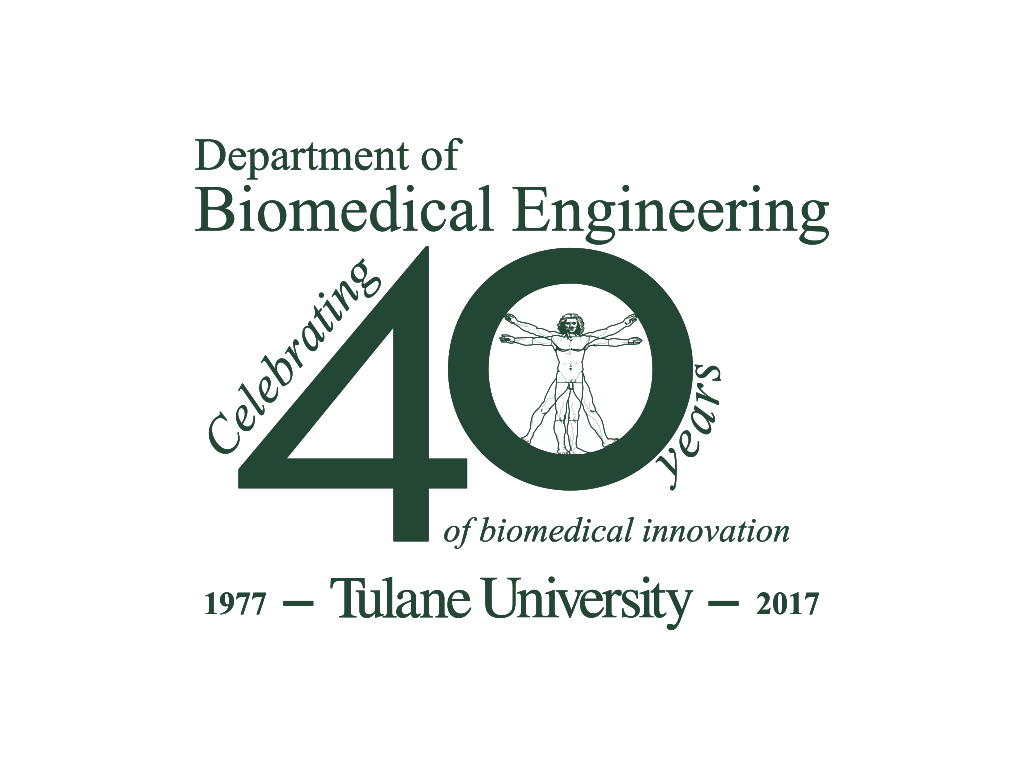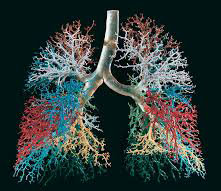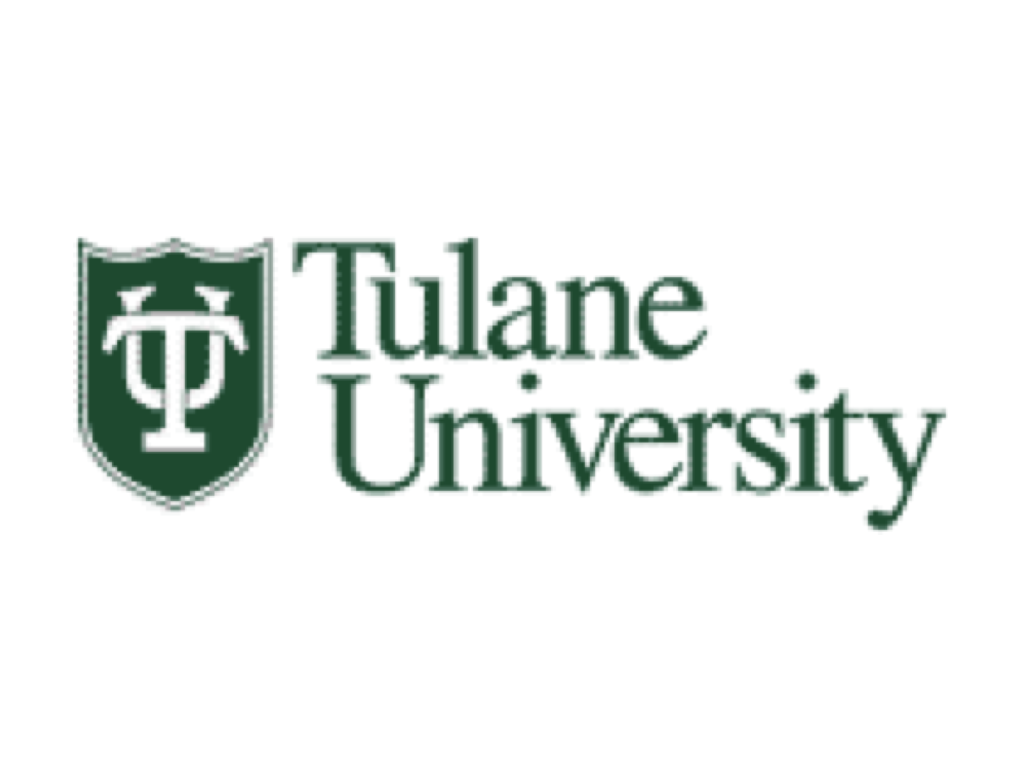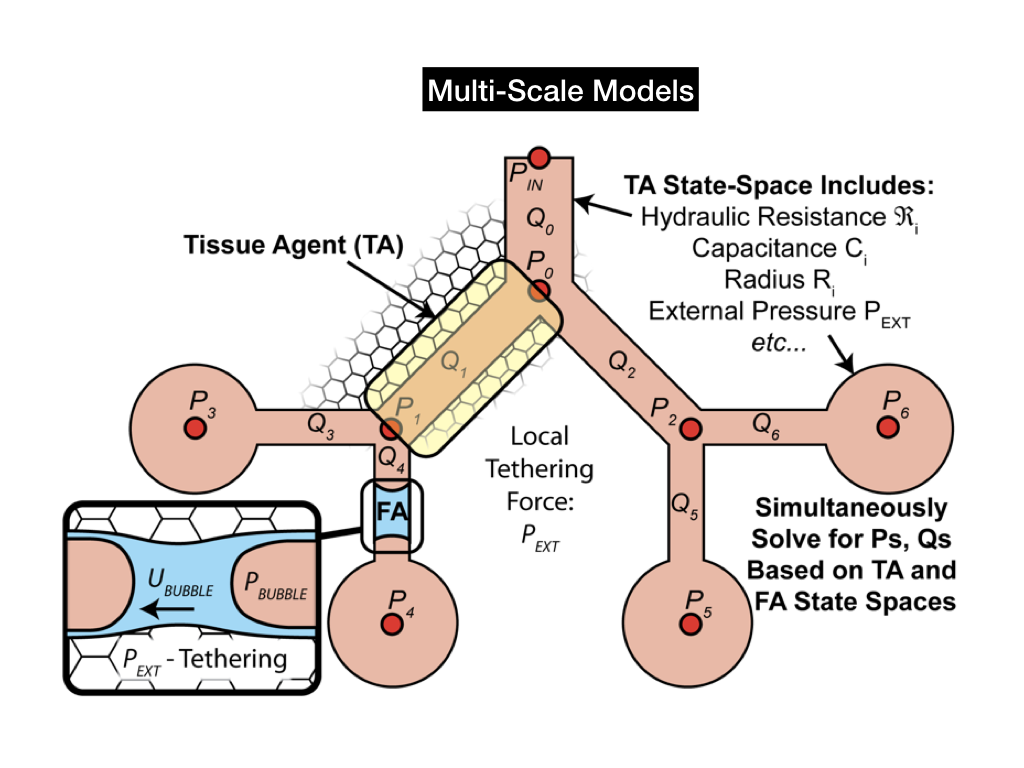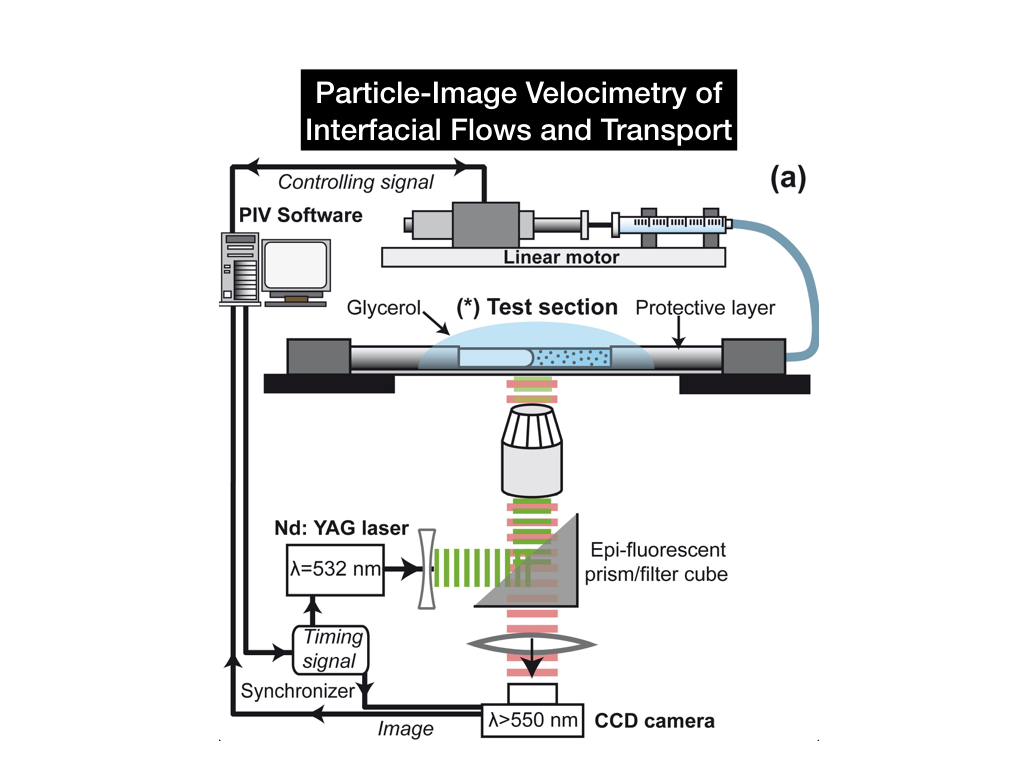BIOFLUID AND BIOTRANSPORT LABORATORY
AND
BIOINNOVATION
Research
We conduct computational studies to simulate fluid-structure interactions and transport interactions. These high-performance computing approaches are used to quantify mechanical stress fields of biological significance and predict transport processes that may reduce deleterious mechanical stresses.
More recent work has involved creating multi-scale models using reduced-dimension formulations from earlier high-definition studies. This is the basis of a new NSF project.
We conduct biological investigations in tissue engineered constructs to study ventilation-associated responses of sensitive pulmonary airway and alveolar epithelial cells. These studies validate the predictions of protective ventilation approaches.
We conduct experimental investigations using micro-fluidic analogs of pulmonary airways. High resolution visualization technology (micro-PIV) is used to interrogate flow fields and elucidate transport phenomena.
Relevant Papers
• Jacob, A.M. and D. P. Gaver III, An investigation of the influence of cell topography on epithelial mechan-ical stresses during pulmonary airway reopening. Physics of Fluids, 17: 031502, 2005.
• Fujioka, H., D. Halpern, and D.P. Gaver III. A model of lung parenchyma tethering airways, J. Biome-chanics, 46(2): 319-328, 18 January 2013
• Ryans, J.,H. Fujioka, D. Halpern and D.P. Gaver III. Reduced-Dimension Modeling Approach for Simu-lating Recruitment/De-recruitment Dynamics in the Lung. Annals of Biomedical Engineering (2016), DOI: 10.1007/s10439-016-1672-9
• Fujioka, H., D. Halpern, J. Ryans and D.P. Gaver3. A Reduced-dimension Model of Liquid Plug Propa-gation in Tubes, Phys. Rev. Fluids 1, 053201, (2016), https://doi.org/10.1103/PhysRevFluids.1.053201
Relevant Papers
• Bilek, A.M., K.C. Dee and D. P. Gaver, Mechanisms of surface-tension-induced epithelial cell damage in a model of pulmonary airway reopening. Journal of Applied Physiology, 94: 770-783, 2003.
• Kay, S.S, A.M. Bilek, K. C Dee and D. P. Gaver III, Pressure gradient, not exposure duration, deter-mines the extent of epithelial cell damage in a model of pulmonary airway reopening. Journal of Applied Physiology, 97: 269-276, 2004.
• Glindmeyer IV, W., B. Smith and D. Gaver. In Situ Enhancement of Pulmonary Surfactant Function Us-ing Temporary Flow Reversal. Journal of Applied Physiology, doi:10.1152/japplphysiol.00643.2011, 112: 149-158, 2012.
• Jacob, A-M. and D.P. Gaver III. Atelectrauma disrupts pulmonary epithelial barrier integrity and alters the distribution of tight junction proteins ZO-1 and claudin 4. J. Appl. Physiol., doi:10.1152/japplphysiol.01432.2011, 113:1377-1387, 2012.
Relevant Papers
• Yamaguchi, E., B. J. Smith and D.P. Gaver. μ-PIV measurements of the ensemble flow fields surround-ing a migrating semi-infinite bubble. Experiments in Fluids, 47:309-320, 2009.
• Smith, B.J., S. Lukens, E. Yamaguchi and D.P. Gaver III. Lagrangian transport properties of pulmonary interfacial flows. Journal of Fluid Mechanics, on line: DOI:10.1017/jfm.2011.391, hardcopy, 2012.
• Yamaguchi, Eiichiro, M. Giannetti, M.J. Van Houten, O. Forouzan, S.S. Shevkoplyas and D.P. Gaver III. The unusual symmetric reopening effect induced by pulmonary surfactant. J. Appl. Physiol., 2014 Mar 15; 116(6):635-44. doi: 10.1152/japplphysiol.00814.2013. Epub 2014 Jan 23.
• Whang, J., C. Faulman, T. A. Itin and D. P. Gaver III. The Influence Of Tethering And Gravity On The Stability Of Compliant Liquid-Lined Airways. (2016) Journal of Biomechanics, Vol. 50, p228–233, DOI: http://dx.doi.org/10.1016/j.jbiomech.2016.11.030
• Yamaguchi, Eiichiro, L. Nolen and D.P. Gaver III. The Microscale Distribution and Dynamic Surface Tension of Pulmonary Surfactant Normalize the Recruitment of Asymmetric Bifurcating Airways, J Appl Physiol 122: 1167–1178, 2017. doi:10.1152/japplphysiol.00543.2016
